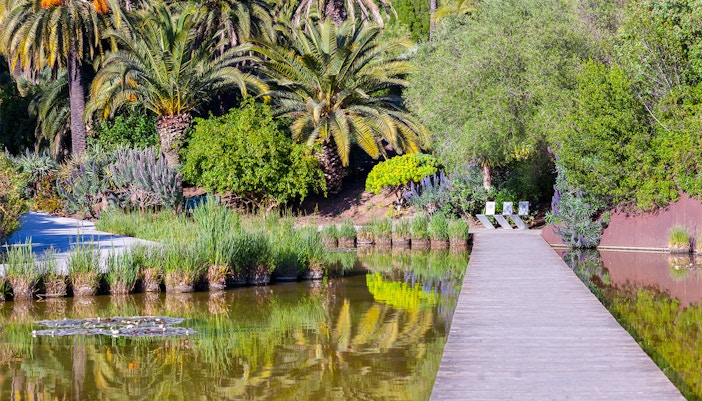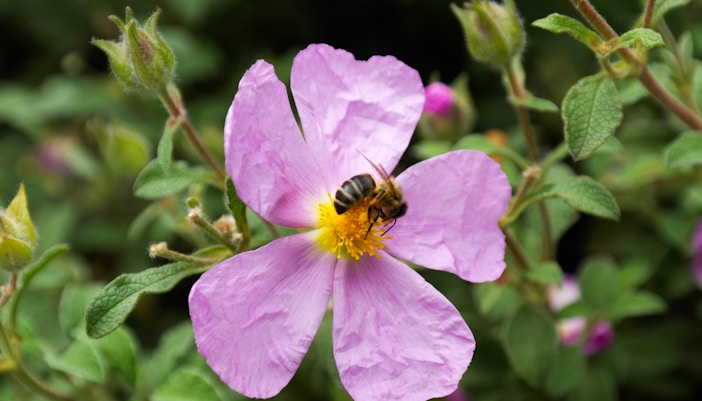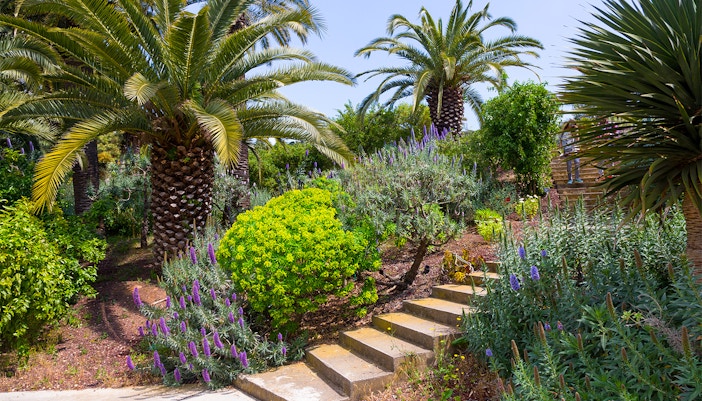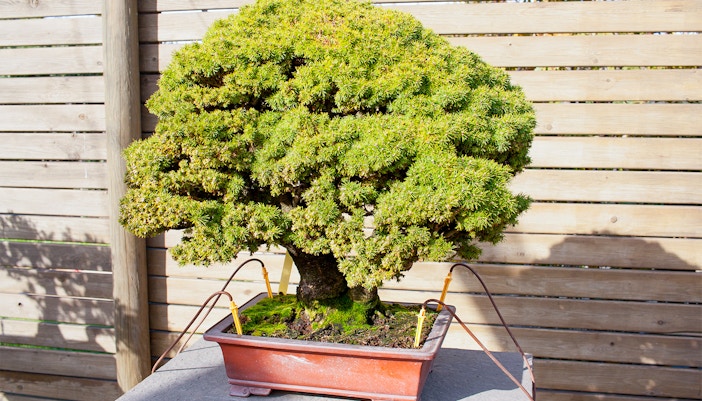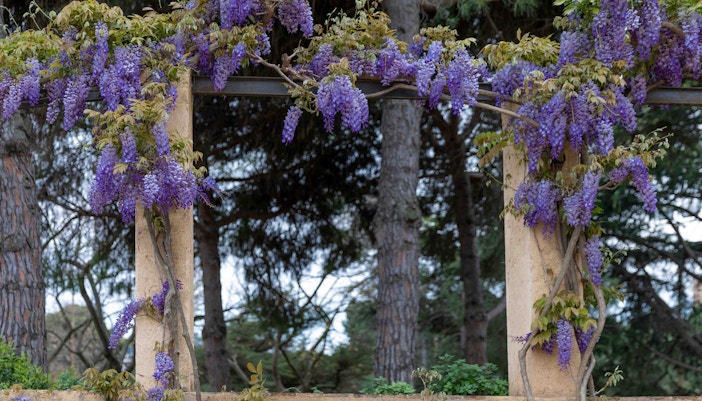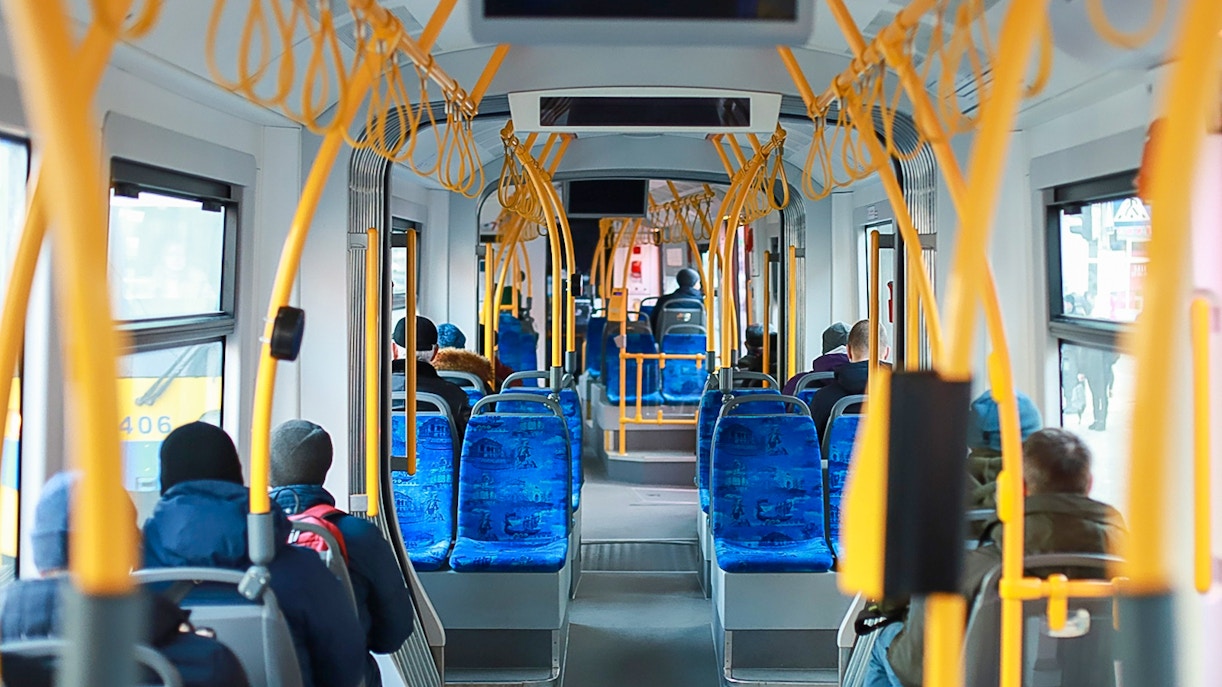- If you love gardening and want to indulge in a soothing environment, visiting the Botanical Gardens in Barcelona is a must.
- The Botanical Gardens (Jardí Botànic de Barcelona) are located on the Montjuic Mountain and offer a new experience of natural habitat from five different regions of the world with a Mediterranean climate – Australia, California, Chile, South African, and the Mediterranean Basin.
- The Botanical Garden was established in 1999 and is a major part of the Natural Sciences Museum. The present Botanical Garden occupies an area between the Olympic Stadium, the New Cemetery, and the Montjuic Castle.


